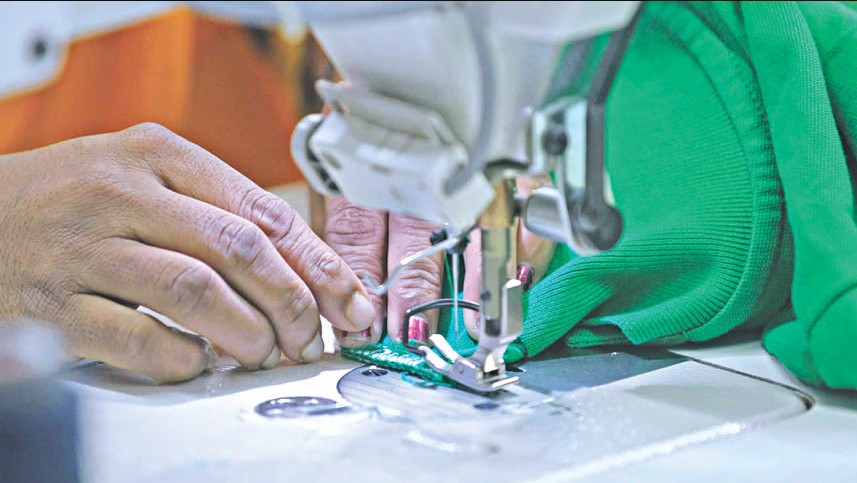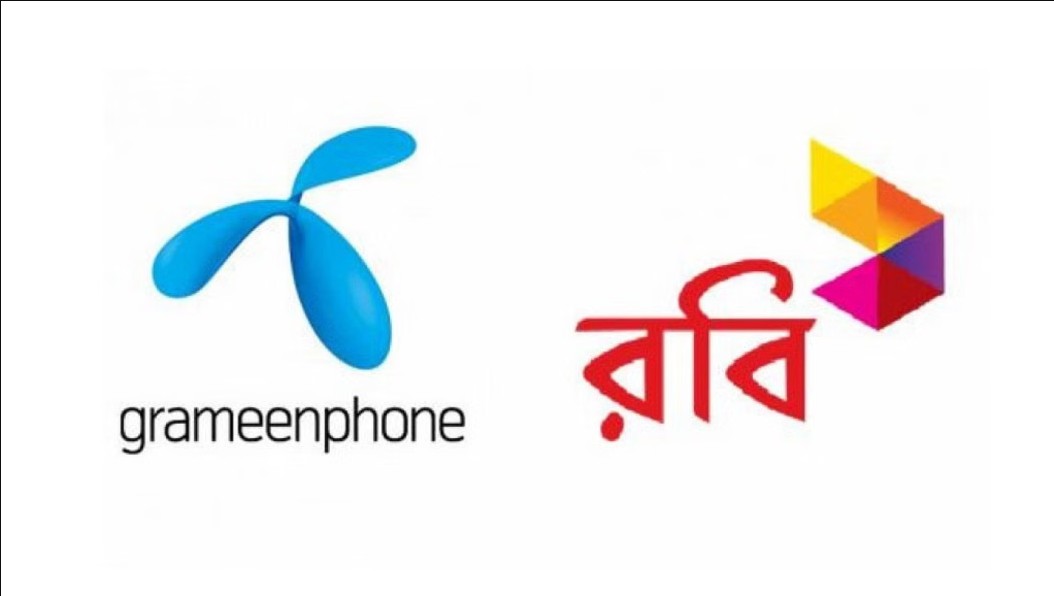As Bangladesh races against a July 9 deadline to secure a lower tariff regime with the United States, the stakes could not be higher. Without a breakthrough in ongoing negotiations, the tariff on Bangladeshi garment exports could skyrocket to 53 percent from the current 16 percent. And in that case, Bangladesh risks surrendering its hard-won foothold in the world’s largest apparel market.
The US is Bangladesh’s single largest export destination, with annual shipments exceeding $8 billion — over 95 percent of which are garments. Despite facing a relatively high tariff of 16 percent, Bangladesh has maintained its position as the third-largest garment exporter to the US, trailing only China and Vietnam.
Bangladesh’s competitiveness in the US market is depending on the new tariff rate. Let us wait and see as the negotiation is still underway.
— Mahmud Hasan Khan Babu, president of BGMEA
“Bangladesh’s competitiveness in the US market is depending on the new tariff rate,” said Mahmud Hasan Khan Babu, president of the Bangladesh Garment Manufacturers and Exporters Association (BGMEA). “Let us wait and see as the negotiation is still underway.”
Despite these headwinds, Bangladesh’s apparel sector has held its ground, powered by low prices, high compliance standards, and competitive labour costs. Yet that may not be enough in a dramatically shifting trade environment. The Trump administration has just concluded a deal with Vietnam that fixes a 20 percent tariff on Vietnamese garment exports to the US, in exchange for zero-duty access for American goods into Vietnam. Transshipment of Chinese goods through Vietnam, meanwhile, would incur a 40 percent tariff — still 13 percentage points below what Bangladesh might face if talks falter.
“If Bangladesh cannot strike a better deal and it maintains the reciprocal tariff at 37 percent, it will be challenging,” said Mohammad Abdur Razzaque, chairman of the Research and Policy Integration for Development (RAPID). “But it also depends on how other countries, such as India, are negotiating their own deals.”
Vietnam’s deal may be attractive on paper, but it’s unlikely to fully displace Bangladesh’s role. “Vietnam alone cannot supply all the required demand for garments to the US — they simply don’t have the capacity,” said Fazlee Shamim Ehsan, executive president of the Bangladesh Knitwear Manufacturers and Exporters Association (BKMEA). “Bangladesh remains a globally strong garment supplier and a long-time trusted sourcing destination for US retailers.”
MORE THAN JUST TRADE
Bangladesh, unlike Vietnam, has been negotiating under a multilateral framework, seeking lower duties on the basis of WTO’s Most Favoured Nation (MFN) principles. But the US appears to prefer bilateral deals that mix trade policy with broader strategic alignment.
“The tariff negotiations aren’t solely about trade,” Razzaque noted. “Geopolitical considerations are also part of the equation.”
“The US import volume will decline if the tariff rate increases,” Razzaque added, cautioning that the consequences of inaction would be felt on both sides.
If the worst-case scenario materialises and the tariff hits 53 percent, Bangladeshi suppliers — many of whom send 40-80 percent of their production to the US –would find themselves in an unsustainable position. Margins are already razor-thin, and production costs are rising.
To survive, “garment suppliers must be more strategic in marketing and secure better prices from buyers,” said Ehsan. “That’s the only way to remain competitive in the current supply chain environment.”
But pricing leverage is difficult to obtain without certainty. Importers are wary of taking long-term positions when the tariff regime is in flux. US retailers, who bear the brunt of tariffs, may also pass on higher costs to consumers—fueling inflation and dragging down demand.
To avoid this, Bangladesh must urgently pivot its strategy. That includes mobilising US-based lobby groups, engaging retailers and sourcing associations, and directly appealing to decision-makers in Washington. So far, offers to lift import duties on US cotton, LNG, aircraft, and other products have failed to clinch a deal.
“Bangladesh has the capacity. What it now needs is a breakthrough,” said Ehsan.
Without that breakthrough, the price of delay could be steep. Already, the apparel sector faces over $1 billion in annual tariff payments at the current 16 percent rate. If the rate climbs to 53 percent, the blow could be far worse — not only for exporters in Dhaka, but also for brands and consumers across the US.
In the end, as Razzaque put it, “It is still not clear what is going on or what may happen. But if the deal is not secured soon, both sides risk losing.”
Source Courtesy: daily star online





